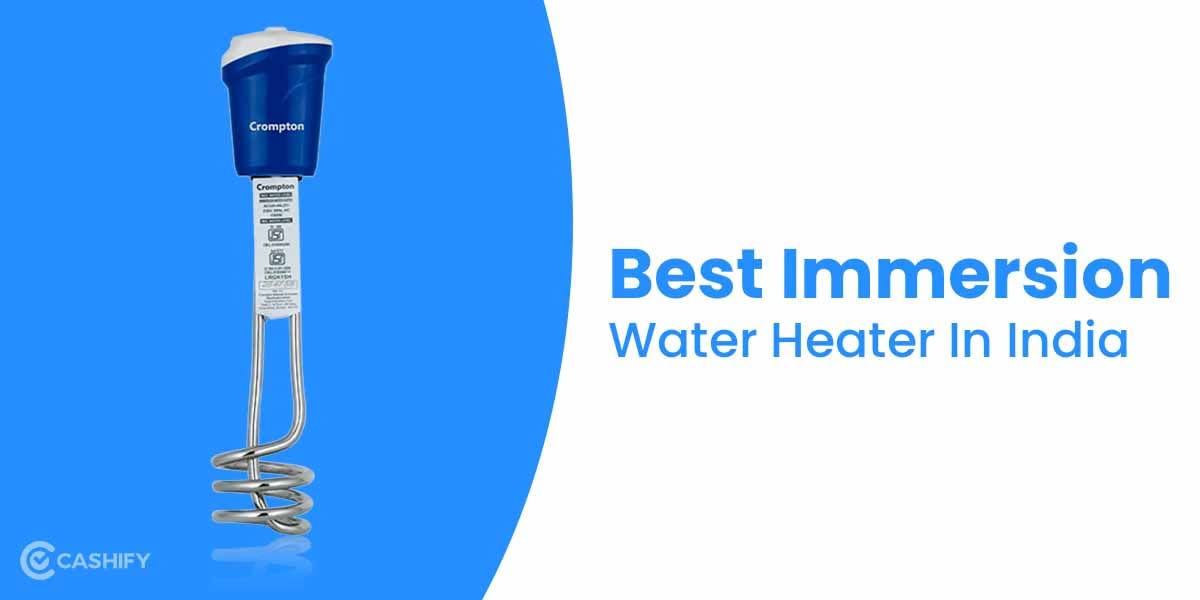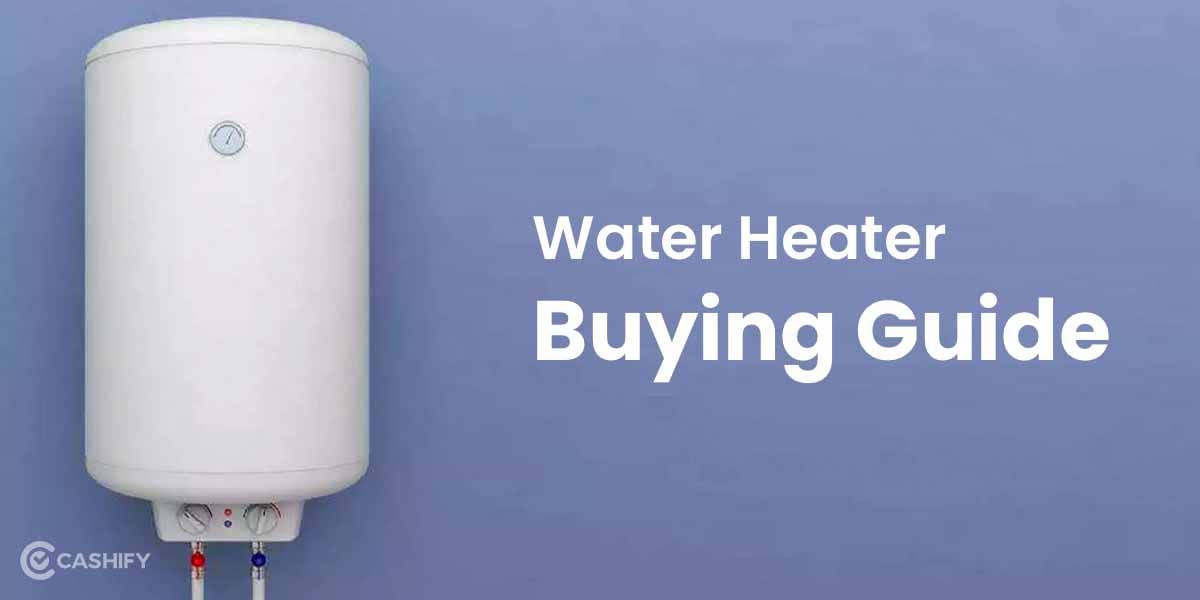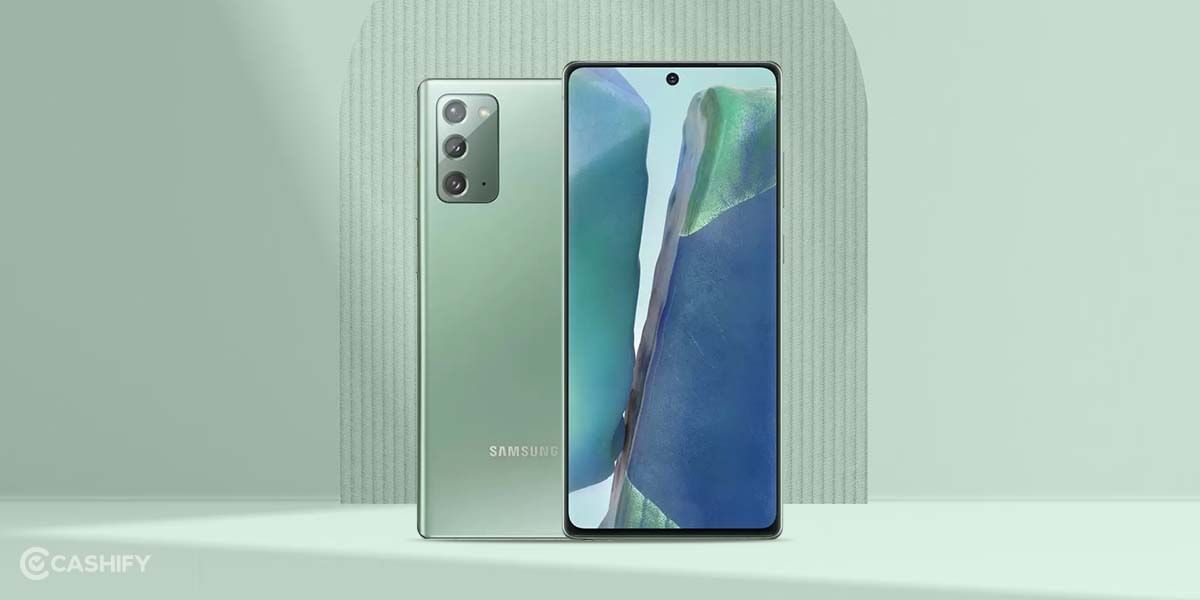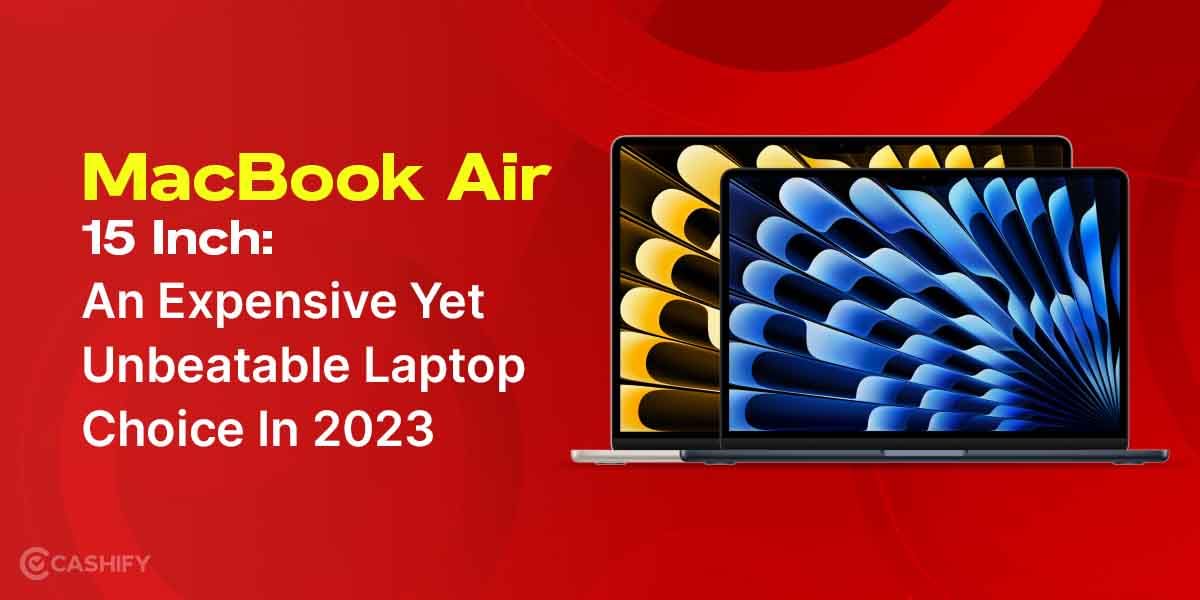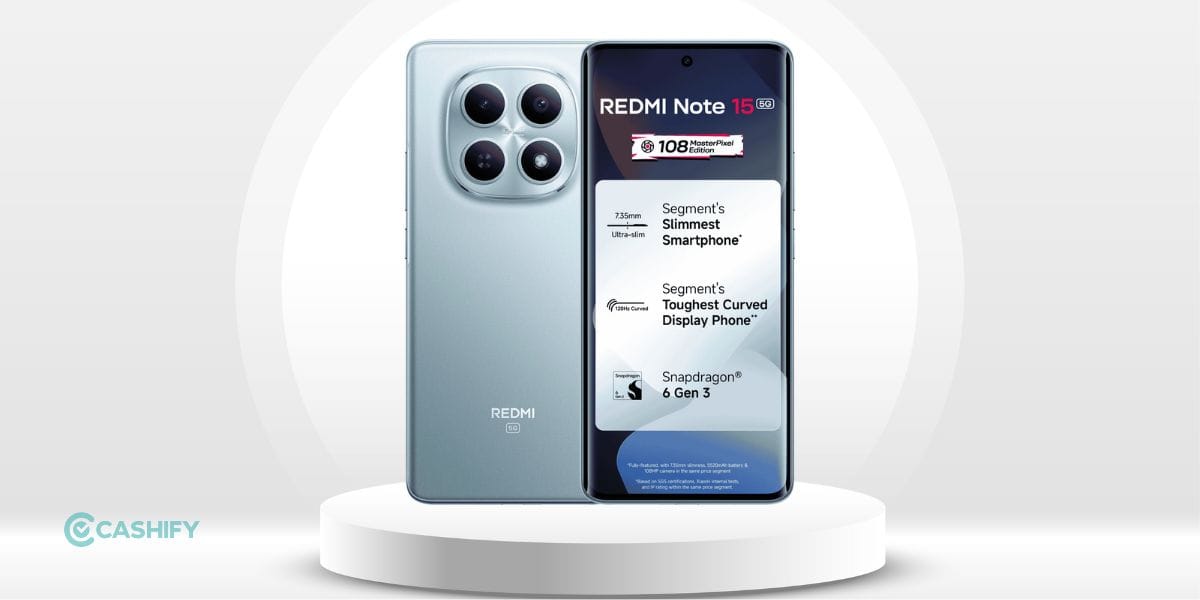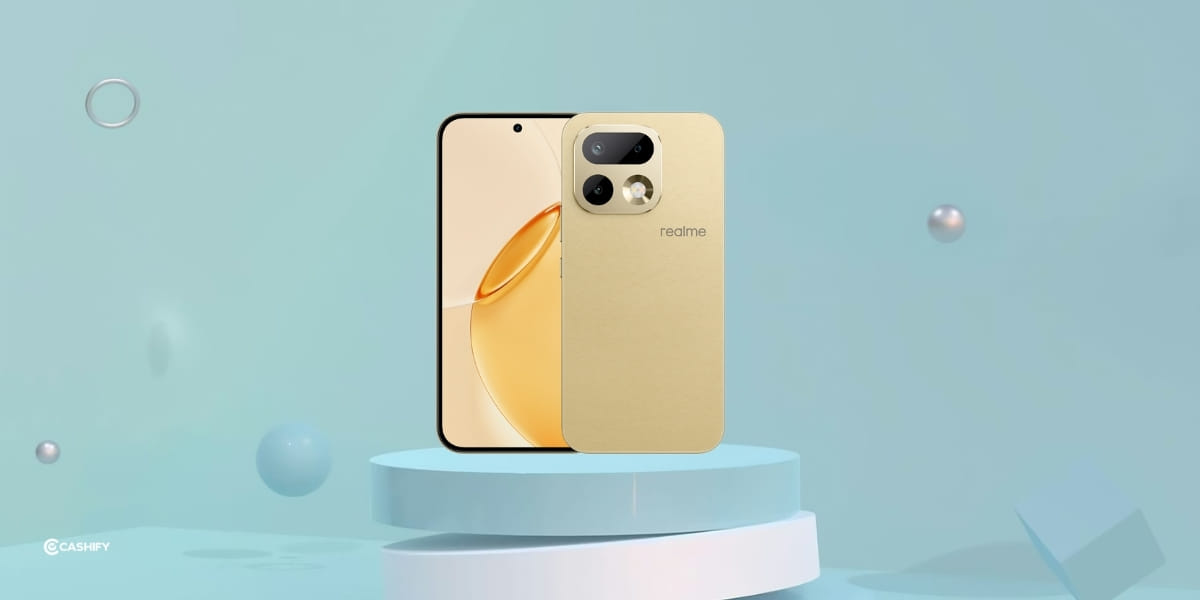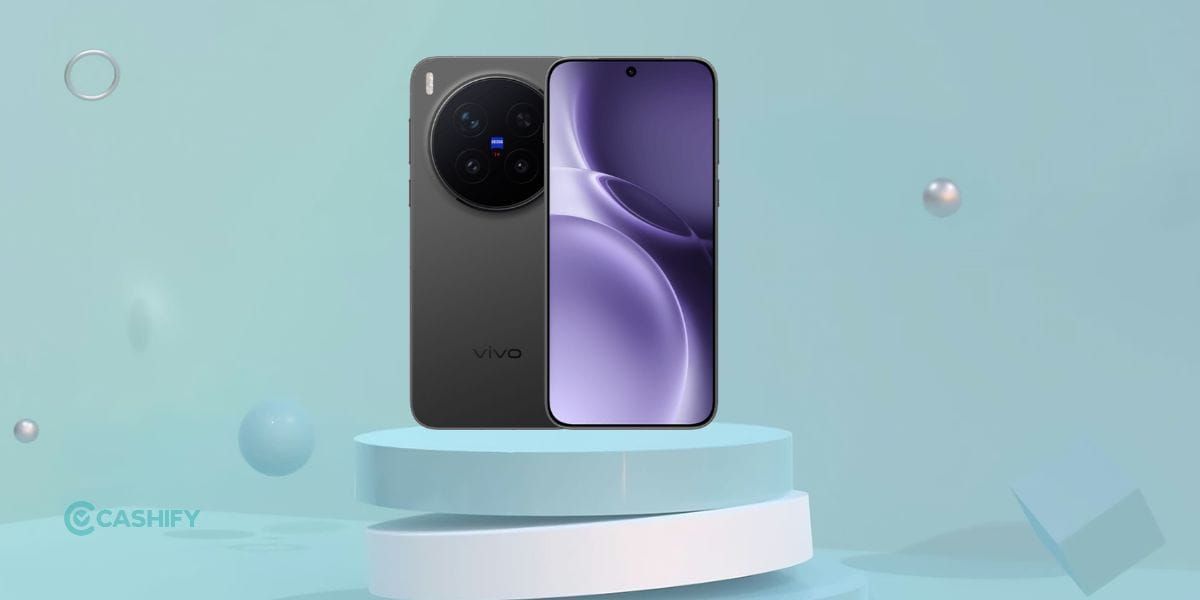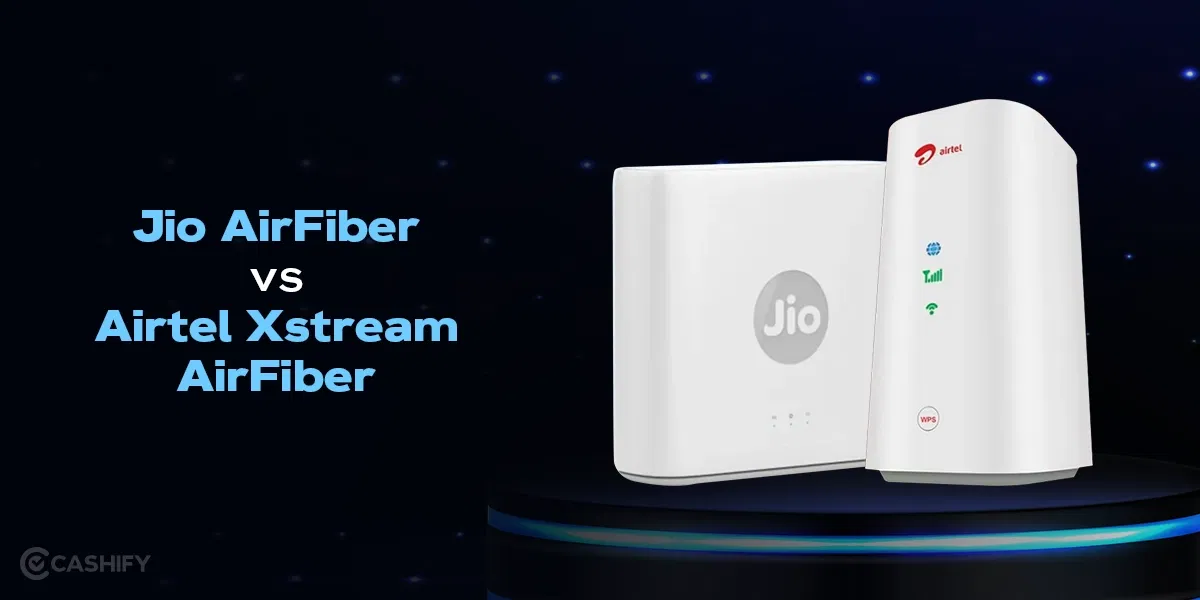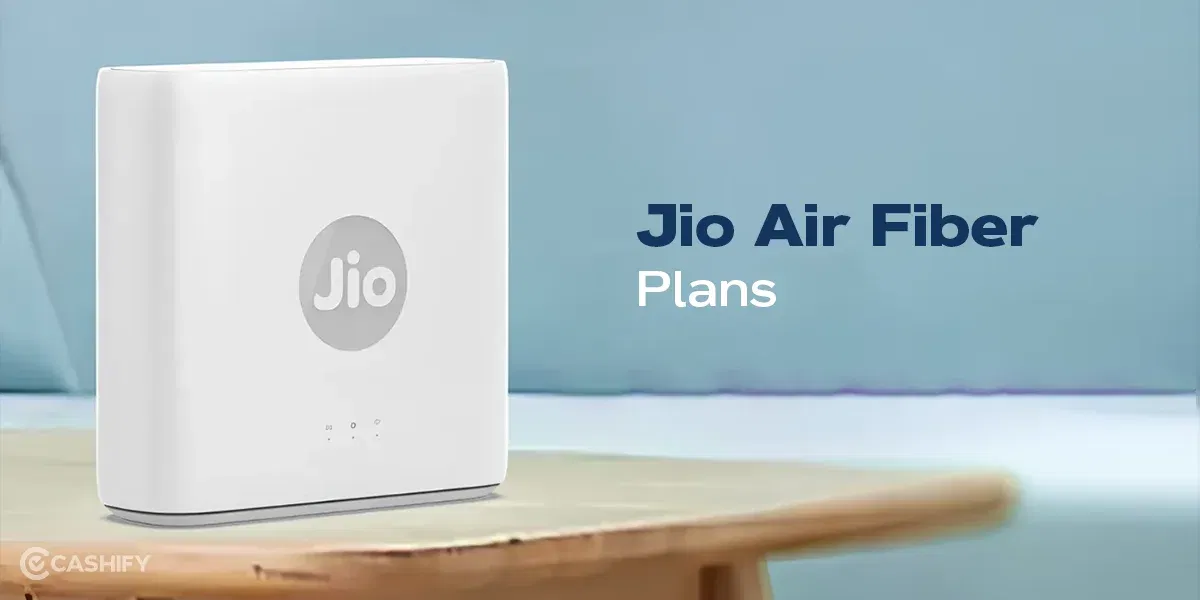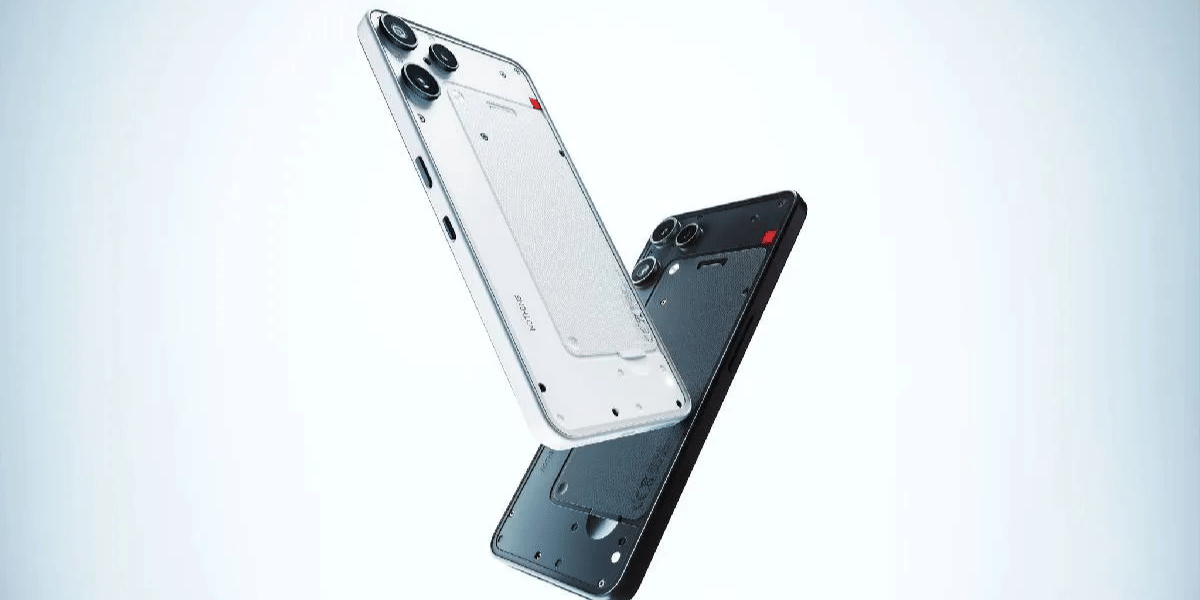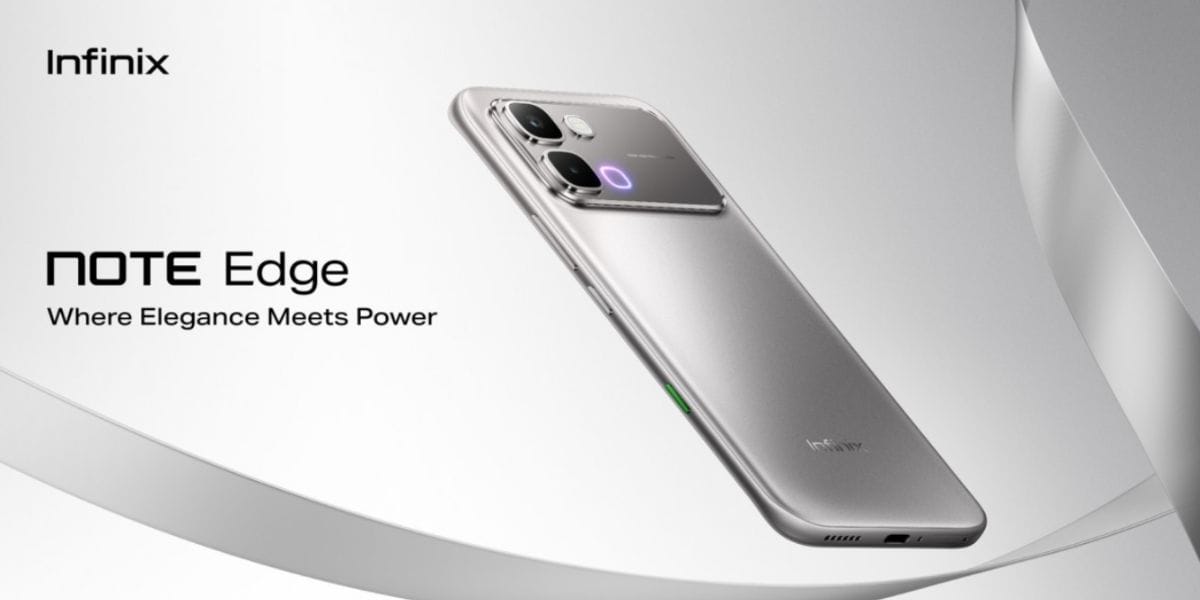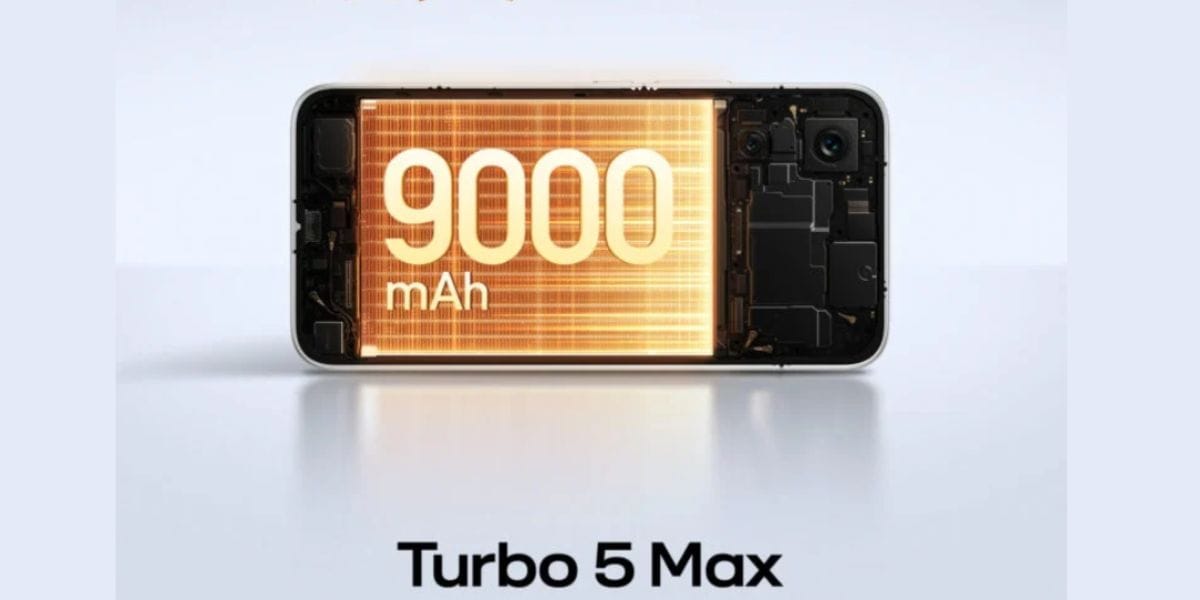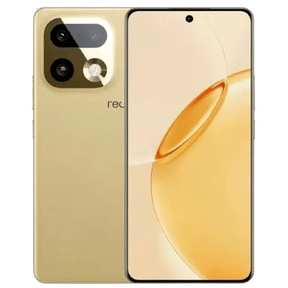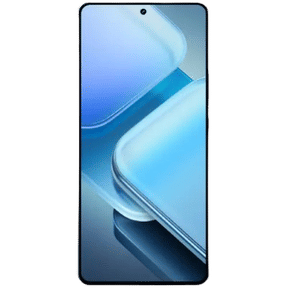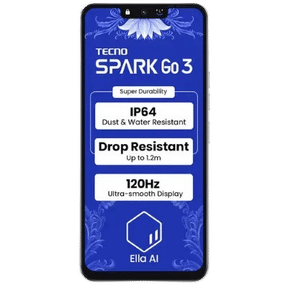Every year, a significant amount of electricity is spent on heating water over the globe. Especially in winter when the temperature becomes extremely low, hot water becomes a necessity to carry out daily tasks. Solar water systems come to the rescue here which offer a cost-effective and sustainable way to supply hot water for your home. They are capable of heating water up to 80°C, which comes at zero or negligible cost of electricity. Apart from domestic purposes, a solar water heating system can also be used in commercial sectors such as restaurants, hotels, and hospitals.
In this article, we go through everything you need to know about Solar Water Heating Systems, their types, and how they work.
Also Read: Best Water Geysers In India
Types of Solar Water Heating Systems
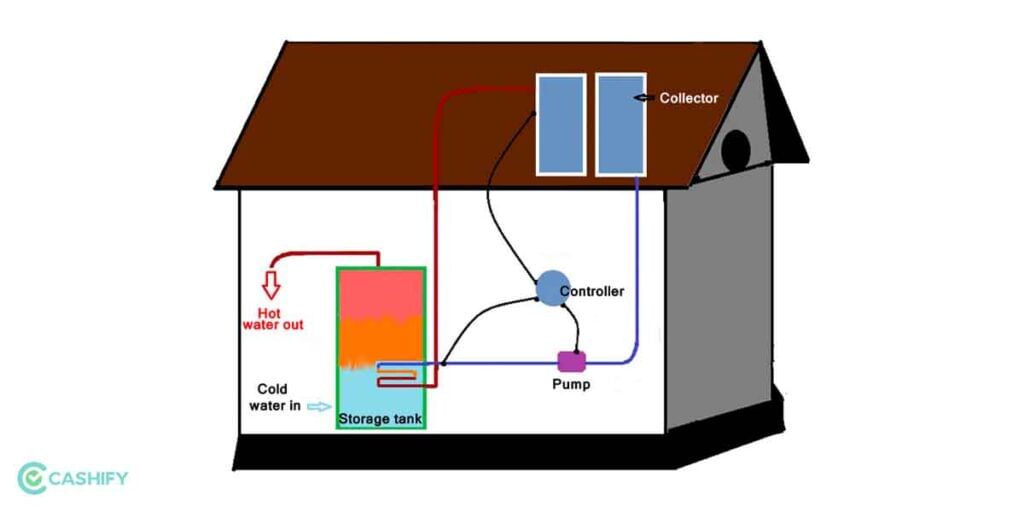
Solar Water heaters (SWH) are broadly classified into two types, Active and passive.
Passive SWH systems are completely independent of electricity, as their functioning is carried out by natural phenomena such as sunlight and gravity.
On the other hand, Active solar systems require additional components such as a pump, which relies on electricity to start the entire system. The way these systems function is quite different, thus their working is explained separately.
How does Active Solar Water Heating System Work
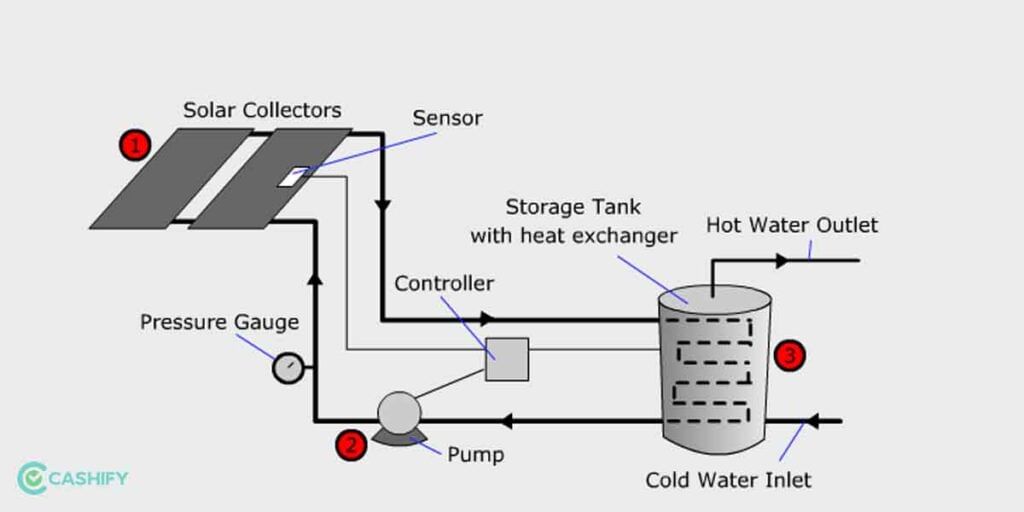
The essential components of Active SWH systems include heat collectors, a circulation pump, and hot water storage.
First, the solar radiation falling on the flat plate collectors is captured. Then, a set of controllers and sensors activate a pump. This water pump brings cold water from a storage tank and circulates it throughout the collectors, which helps to heat the water via a heat exchanger. This is called a direct circulation system, which is the most common one. These systems are suitable in areas that do not freeze for long periods.
Another type of Active SWH is the Indirect Circulation system, which is suitable for places where the temperature ranges around the freezing point of water. In such systems, an Anti-freezing liquid is used to collect heat from collectors instead of water. They are popular in cold regions because they offer excellent freeze protection.
The anti-freezing liquid is then transferred with the help of a pump which acts as an alternate heat exchanger. The heat energy is transferred from the liquid to the water in the storage tank. Thus, the water is heated up.
Direct Active SWH systems can be used with hard or acidic water, whereas indirect SWH systems are sensitive to such quality water.
Also Read: Best Solar Water Heater Geysers In India
How Does Passive Solar Water Heating System Work
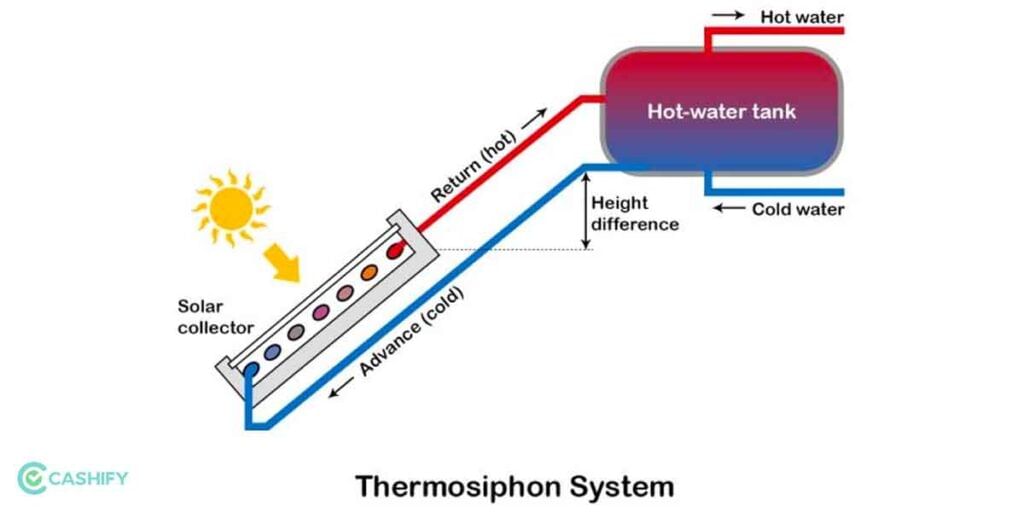
Passive SWH systems work on the principle of the greenhouse heating effect. The basic idea of its working revolves around trapping the liquid in a suitable container and leaving it to maximize exposure to sunlight. A setup of black-coloured absorbing plates is used to absorb as much solar energy as possible. The water is collected in such a manner that it gets heated up directly, without the influence of any pump. Instead, gravity is taken into use to transfer hot water from the top of the building to the lower floors.
Since Passive SWH systems are almost independent of electrical components, they are cheaper to set up and maintain than active ones. Active SWH systems are thus less desirable than passive SWH systems. This is because they require more equipment and external sources of energy other than sunlight to function.
Active solar hot water systems can function effectively in cold regions. On the other hand, passive SWH systems are best suited for places with warm climates and the availability of long hours of sunlight throughout the year.
Active SWH needs regular maintenance to keep them functionally sound, and the maintenance charges can be quite high. Passive water heaters require less maintenance due to the much simpler and undemanding setup required.
Role of Collectors in Solar Water Heating Systems
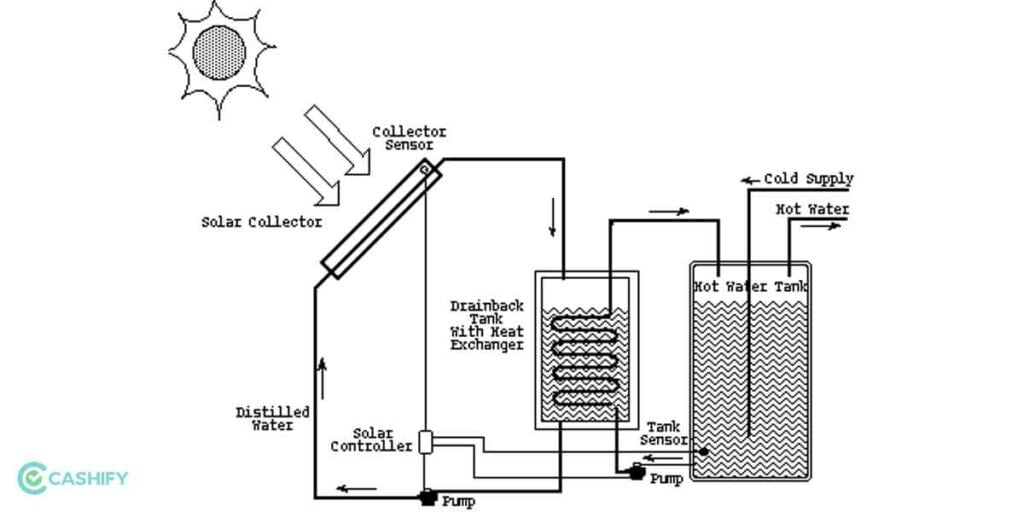
One component that is common to both Active and Passive SWH systems is a set of collectors. Most solar water heaters require a well-insulated storage tank. Solar storage tanks have an outlet and an inlet connected to and from the collectors, respectively.
Various types of collectors are used to capture sunlight to provide maximum heating efficiency. However, the most popular ones are Flat Plates (FPCs) and Evacuated Tube Collectors (ETCs).
Flat Plate Collectors
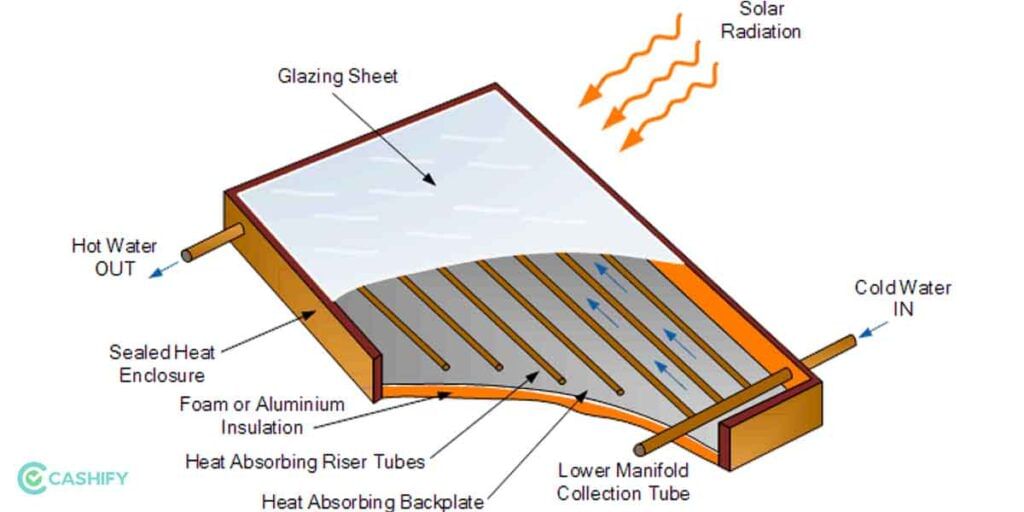
These consist of large heat-absorbing plates which are made of copper or aluminium. They are painted or chemically made pitch black to absorb as much solar radiation as possible for maximum efficiency. The inlet/outlet pipes and the absorber plate are enclosed in plastic boxes with a sheet of glazing materials. This allows for the creation of an insulated space, and thus the exchange of heat.
Evacuated Tube Collectors
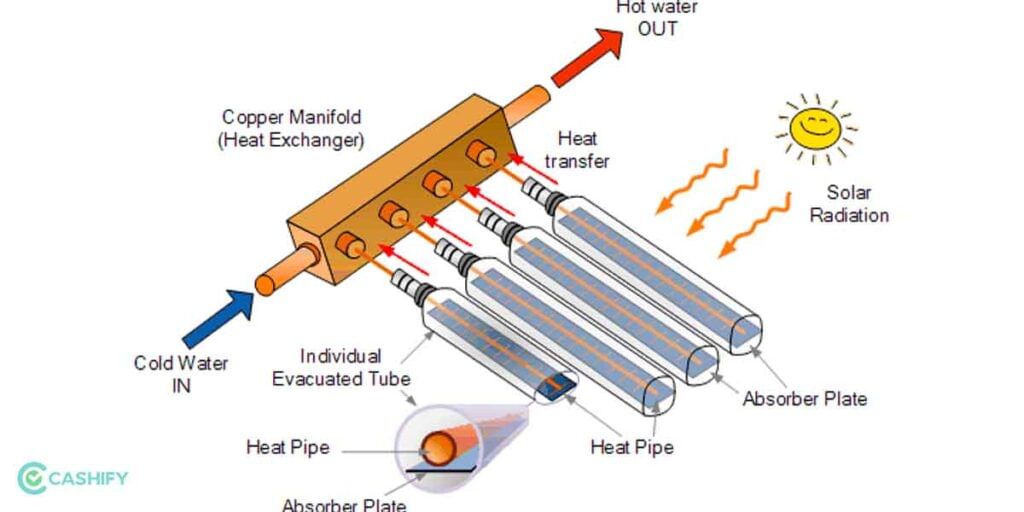
They primarily consist of glass tubes coated with called borosilicate. Borosilicate is a material that can withstand high temperatures for prolonged periods, thus it is useful in transferring heat to the inner core of tubes without cracking or deforming.
The absorbing material coated in the outer wall of the inner tube helps in the absorption of solar radiation. The heat captured is then transferred to the water flowing in the inner tube.
In general, ETCs are more efficient than FPCs, since they provide more surface area for absorbing sunlight. Also, ETCs are better at transferring and exchange of heat. Another advantage of ETCs is that they can heat water to higher temperatures (200 Fahrenheit) as compared to FPCs (140 Fahrenheit, generally).
Therefore Evacuated Tube Solar Collectors have an edge over Flat Plate Solar Collectors in every aspect even though they are slightly more expensive.
Also Read: Best Small Geysers In India




